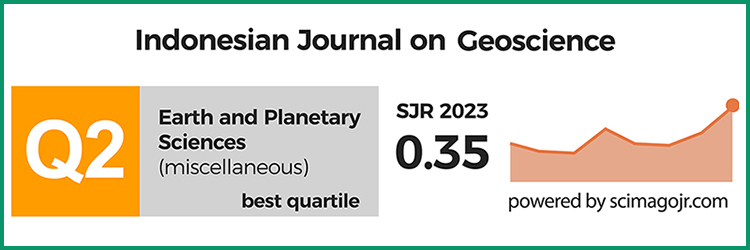Detection of Urban Growth in Taiz City, Yemen, Between 1981 and 2022 by Using Google Earth™ and Geographical Information System Data
DOI:
https://doi.org/10.17014/ijog.11.1.61-79Abstract
Rapid urbanization brought serious socio-economic and environmental problems in many cities around the world, particularly in developing countries like Yemen. Urban "sprawl", a synonym of rapid and unplanned urban growth, is considered an obstacle for sustainable development, which causes serious long- and short-term problems, such as extreme infrastructure expenses, economic inefficiency, environmental destruction, and social instability. This is the case of Taiz City, the third largest city in Yemen, which is facing a huge challenge to manage the spatial extension of its built-up area at the expense of the reduction of natural resources and environment. This study aims to investigate urban growth process in Taiz City, focusing on urban sprawl and agricultural land-use change during 1981–2022. The data used are high resolution geospatial data, which are the topographic map for 1981 and Google Earth (GE) images for 2003, 2012, and 2022. The methodology adopted was manual digitizing using Geographic Information System (GIS) software to extract urban land use features from the images of the different dates. Four land-use maps were produced and used for calculation the urban sprawl and land-use changes. The urban expansion rate and patterns were also identified in three phases: 1981–2003, 2003–2012, and 2012–2022. The results show that the built-up area increased six times from 6.2 km2 in 1981 to 34 km2 in 2022, while the agriculture area decreased by 77% from 18 km2 in 1981 to 4.2 km2 in 2022. The urban sprawl in Taiz covered about 75% of its municipal area and extended to the agricultural and rural areas. The sprawl index (USI) is measured to be 5.4%, indicating a high degree of sprawl in Taiz. There is no open space left for future development, and the water resources are at risk of population and depletion. The study demonstrated that informal and haphazard expansion must be controlled, a development strategy should be prepared, so that sustainable urban growth can be achieved. The results of this study could be used as a decision support tool for urban management activities. The vector layers produced by this study could provide the required input data for the future urban modeling of the city.
Downloads
Published
Versions
- 17-05-2024 (2)
- 19-02-2024 (1)



















